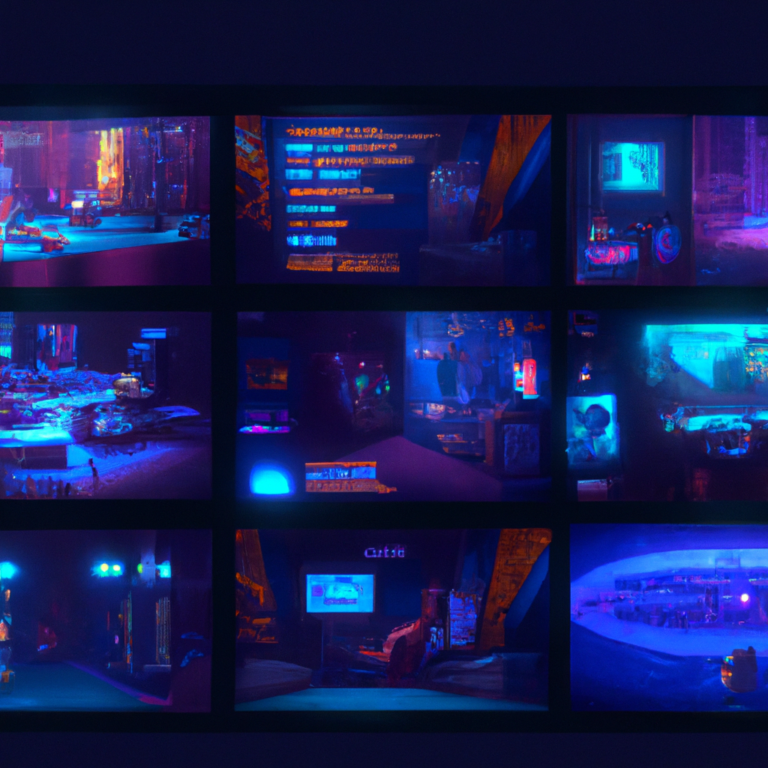“The Indie Game Revolution: How Independent Developers are Transforming the Gaming Industry”
In recent years, the gaming industry has witnessed a remarkable transformation. Gone are the days when only big name studios with massive budgets could produce captivating and successful games. Today, the rise of indie game development has not only opened the door to a wealth of creativity and innovation but has also had a profound impact on the industry as a whole. In this blog post, we will delve into the factors behind the surge of indie game development and explore the ways it is influencing the gaming landscape.
Indie game development refers to the creation of video games without the backing of a large publisher. These independent developers often work in small teams or even individually, with limited resources and budgets. Despite these constraints, they have managed to create some of the most memorable and revolutionary titles in recent memory. So, what has led to the rise of indie game development?
One of the biggest factors contributing to this burgeoning movement is the advent of digital distribution platforms such as Steam, Itch.io, and GOG.com. These platforms have made it much easier for indie developers to distribute their games, reaching a wider audience and bypassing the traditional gatekeepers of physical distribution. This, in turn, allows developers to retain more control over their creations and directly receive a larger share of the sales revenue.
Moreover, the proliferation of affordable development tools and game engines has lowered the barriers to entry for aspiring creators. With software like Unity, Unreal Engine, and RPG Maker, even those with little to no programming experience can bring their ideas to life. Social media and crowdfunding platforms such as Kickstarter have further fueled the indie scene, offering developers a means to raise funds for their projects and cultivate communities of fans and supporters.
The impact of the indie game development boom has been felt throughout the gaming industry. For one, it has led to an explosion of creativity and innovation, with developers free to experiment and push the boundaries of what is considered possible in video games. This has resulted in an incredibly diverse array of games that tackle a wide range of themes and genres, from thought-provoking narrative-driven experiences like “What Remains of Edith Finch” to challenging puzzle-platformers such as “Hollow Knight” and the intense, fast-paced action of “Katana ZERO.”
The success of indie games has also had a significant effect on the established studios. As more and more gamers are drawn to the unique offerings of indie developers, the pressure is on for the larger companies to adapt and innovate in order to stay relevant. This has led to a number of collaborations between indie developers and established studios, such as the partnership between Team Cherry (the creators of Hollow Knight) and Nintendo for the release of the game on the Nintendo Switch.
Furthermore, the rise of indie game development has facilitated a greater emphasis on inclusivity and representation within the gaming industry. Many indie developers come from diverse backgrounds, and as a result, their games often feature more diverse casts of characters and touch on important social issues. This has not only provided gamers with a wider range of experiences but has also encouraged conversations about the importance of diversity and representation within the industry as a whole.
In conclusion, the rise of indie game development has shaken up the gaming industry in an incredibly positive way. It has allowed for a surge of creativity, innovation, and experimentation that has led to a plethora of unique and engaging gaming experiences. The influence of indie developers has also encouraged established studios to rethink their approaches and consider new collaborations and ideas. With the continued growth and evolution of the indie scene, there is no doubt that the future of gaming will be filled with even more remarkable and memorable experiences.






